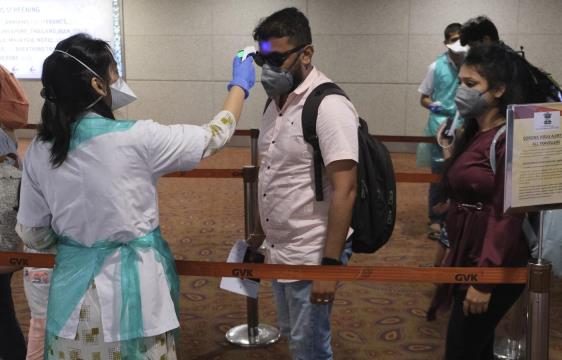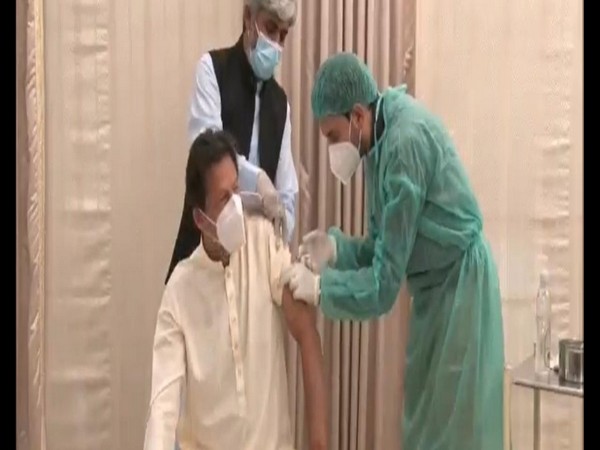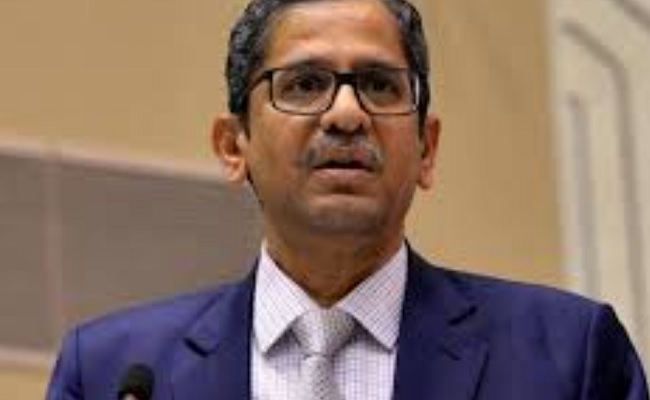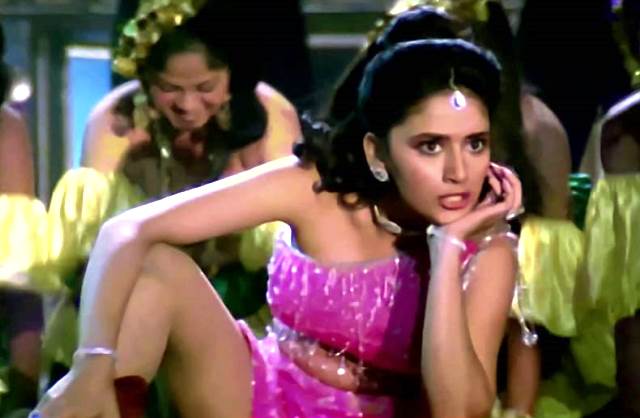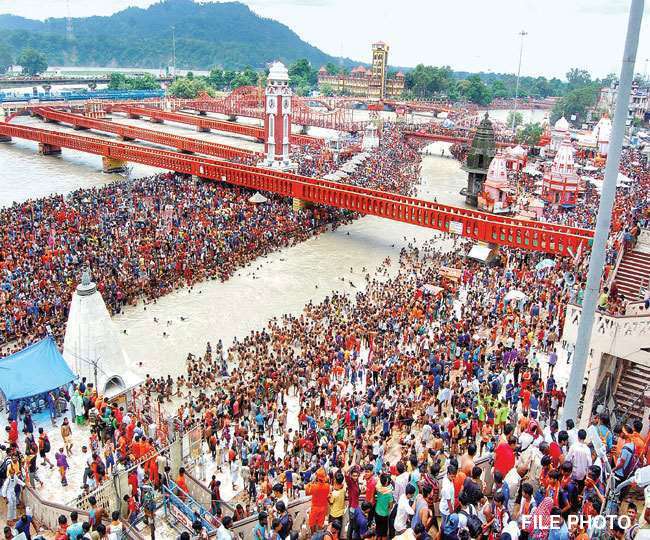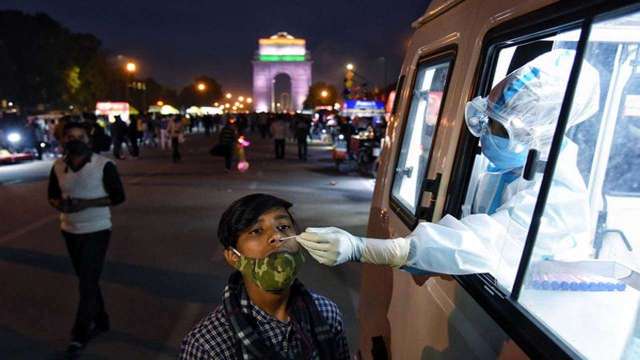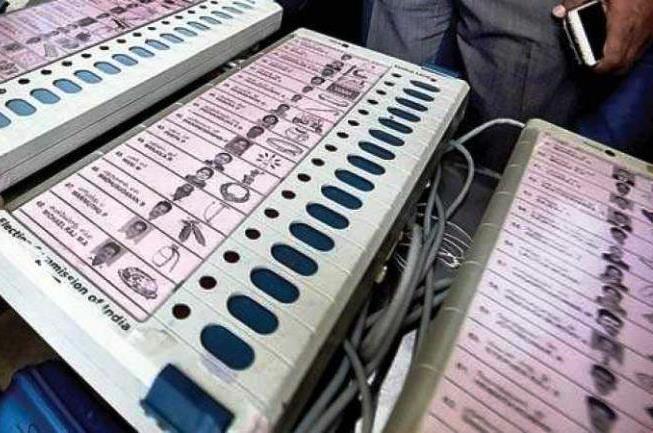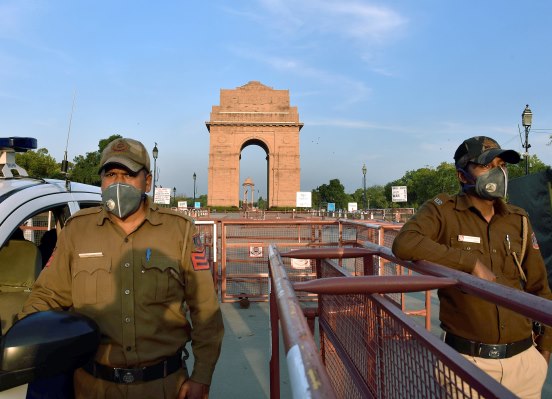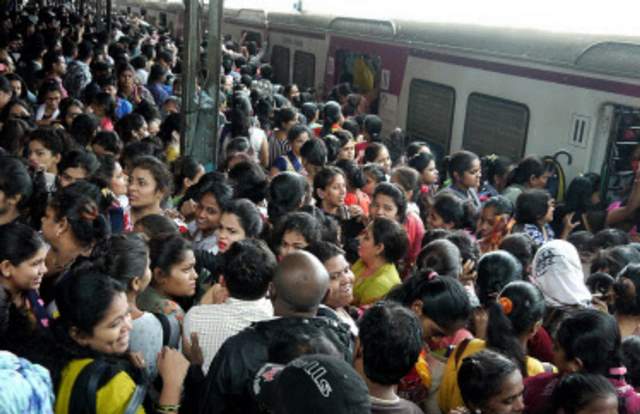With India reporting 96,982 cases new COVID-19 cases in the last 24 hours, the country has over 7.8 lakh active cases.
According to the union health ministry, the total number of COVID-19 cases in the country has reached 1,26,86,049. With 446 new deaths, the death toll in India has gone up to 1,65,547. Furthermore, 50,143 people were discharged after recovery on Monday, taking the nationwide recovery tally to 1,17,32,279.
According to the Centre, COVID-19 is spreading at a faster rate than the previous wave in India.
“The pandemic is spreading faster as compared to the previous wave. In some states, it is worse than others but the upswing is happening all across the nation,” said Dr VK Paul, Member (Health), Niti Aayog on Tuesday.
The Centre also mentioned that of the top 10 districts having the most active COVID-19 cases in the country, seven are from Maharashtra, one from Karnataka, Chhattisgarh, and Delhi, each.
Maharashtra reported 55,469 new COVID-19 cases, 34,256 recoveries, and 297 deaths in the last 24 hours, the state health department informed on Tuesday.
According to the state government’s data, the active number of COVID-19 cases in the state stands at 4,72,283.
Out of 55,469 new COVID-19 cases in Maharashtra, 10,030 cases were reported in Mumbai. The total count of COVID-19 cases in Mumbai now stands at 4,72,332.
Delhi reported as many as 5,100 new Covid-19 cases and 17 related in the last 24 hours, as per the latest figures released by the health department of the National Capital on Tuesday. This was the highest single-day spike of coronavirus infections in the national capital this year.
The Delhi government has imposed a night curfew in the national capital from 10 pm to 5 am. The order will be imposed with immediate effect till April 30.
Punjab reported 2,924 fresh COVID-19 cases, 2,350 discharges, and 62 deaths today. The cumulative COVID-19 cases in the state stand at 2,57,057.
Union Health Minister Dr Harshvardhan on Tuesday said that 80 per cent of Covid-19 cases in Punjab has UK variant of the virus and asserted that the reasons behind the surge in fresh infections could be marriages, local body elections and farmers protest.
Union Health Secretary Rajesh Bhushan also said that the number of deaths due to COVID-19 being reported in Punjab and Chhattisgarh is a cause of extreme concern.
Punjab has registered 62 deaths in the last 24 hours, taking the death toll to 7,216.
With 3,722 new cases reported in Madhya Pradesh, the active cases in the state now stand at 24,155.
There are 14,080 active cases in Haryana. The state has recorded 2,099 new cases of COVID-19 taking the total count of the infection to 3,02,272 while the death toll mounted to 3,208.
The cumulative cases of COVID-19 in Gujarat have mounted to 3,24,878, while the active cases in the state are 17,348.
The Gujarat government on Tuesday have announced that a night curfew will be imposed in 20 cities of the state between 8 pm to 6 am from April 7.
Meanwhile, the cumulative number of COVID-19 vaccine doses administered in the country has crossed 8.40 crore on Tuesday.
According to a provisional report issued by the union health ministry on Tuesday, a total of 5,62,807 vaccine doses was given till 8 pm today. (ANI)
